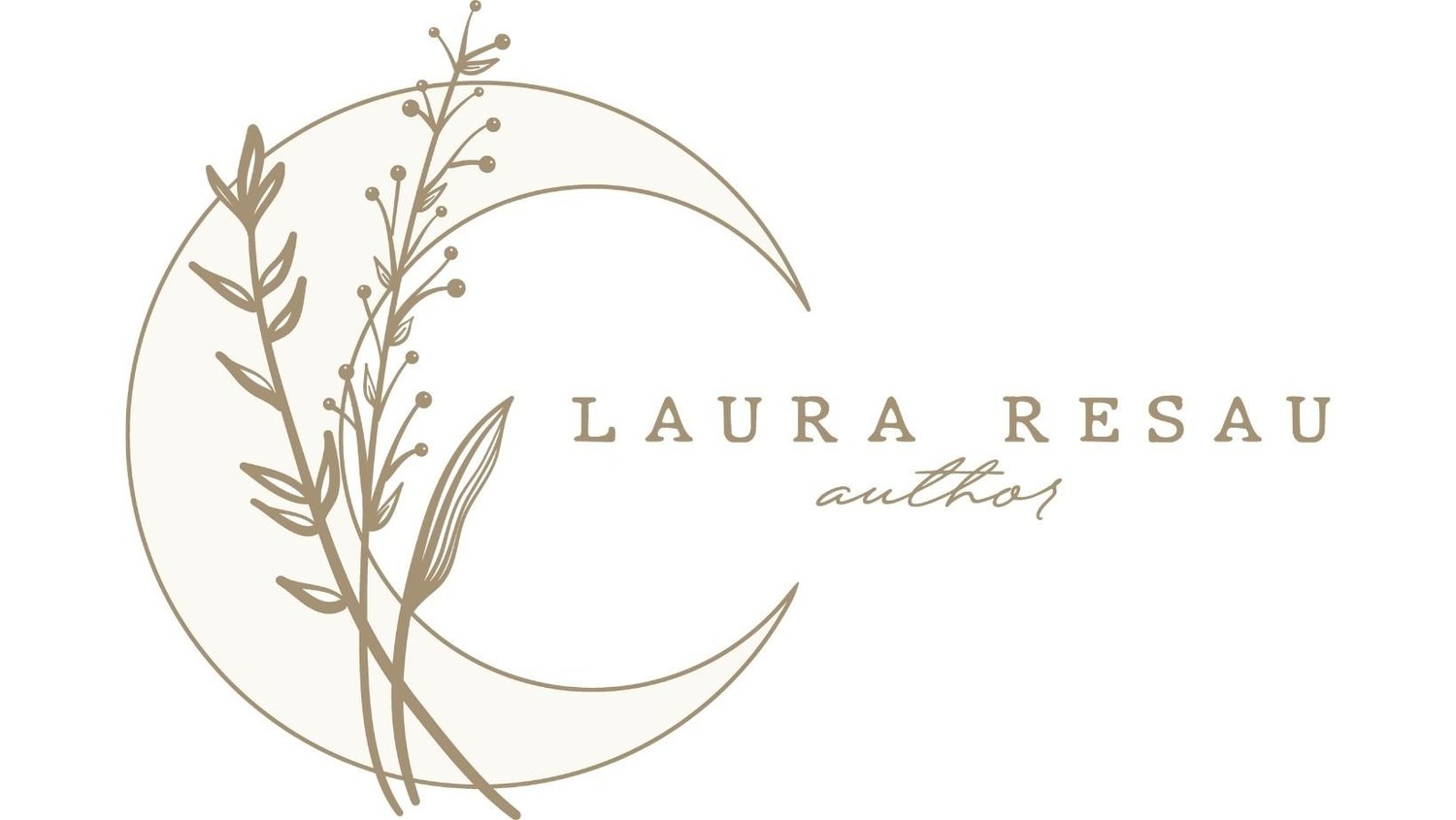Hello! I had the joy of touring the gorgeous Cacao Prieto bean-to-bar factory in Red Hook, Brooklyn a few weeks ago, and I’m so excited to share it with you. The founder, Dan Preston, has Dominican ancestry, and Prieto is his family name... which is how he came up with the business’s name. (It was anglicized to Preston when his ancestors immigrated). He’s actually an aerospace engineer who used to live in an apartment over what was formerly the bar next door. He was interested in the abandoned lot, and decided to build a parachute factory there using beautiful, reclaimed materials. After several successful years making sky-diving equipment, he decided to turn the building into a chocolate factory… because why not? The only thing cooler than a parachute factory is a chocolate factory, right?
He felt inspired to embark on this passion project after visiting his family’s cacao farm in the Dominican Republic… and that’s where Cacao Prieto now sources their beans. He began to acquire vintage chocolate-making equipment and used his engineering skills to modernize these old machines.
Vintage German melangeur (grinds the chocolate to a smooth consistency between granite disks)
Once he got the factory up and running nine years ago, he eventually stepped away to focus on other projects, and the factory is now largely employee-owned. Roger Rodriguez is now the head chocolate-maker.
Okay, so here’s a glimpse into the fascinating process of making chocolate! When the bags of criollo cacao arrive from the Dominican Republic, they’ve already been fermented and dried in the sun. They have a vinegary, sour smell. The next step is to roast them, which is done in this enormous, vintage roaster, built in 1905, and modernized in recent years. (Originally, it was steam-powered, and now it’s electric.) My awesome guide, Adam Russell, is in the photo for scale!
The cacao beans are roasted, typically for more-or-less 30 minutes at about 300 degrees.
Next they are cracked, which loosens the husks/shells and creates smaller pieces of cacao, called nibs. This beautiful sifter helps separate the husks and sort the nibs according to size.
This nifty vacuum vortex winnower separates the nibs and husks using spiraling wind action, with special settings for small, medium, and large nib sizes. These special features set this winnower apart from others in the chocolate industry— it’s an invention of Cacao Prieto, and has a patent pending. As I’ve researched different bean-to-bar factories, I’ve been impressed at the innovative ways chocolate makers adapt and improve on older versions of equipment. I hadn’t realized how important engineering skills were in the craft chocolate industry!
Here are nibs in a bucket!
The husks are discarded and used as compost material. The nibs are then ground between granite disks in a melangeur (aka melanger). This word comes from the French word “to blend or mix”. When they first started the company, Cacao Prieto used the vintage German melangeur to grind the nibs.
Vintage German melangeur
Now Cacao Prieto uses more modern melangeurs and conchers to grind the nibs smooth. At this stage, Dominican sugar and vanilla beans are added, along with extra cacao butter to make the mixture exquisitely creamy (without dairy). For many hours (usually a total of about thirteen), the mixture is ground and conched.
Next, the smoothed chocolate is brought downstairs, where it is tempered. This involves controlled warming and cooling while mixing, in order to evenly integrate the crystalline structure of the cacao butter. This ensures the final chocolate has a nice snap without white streaks or a dusty texture.
The basic ingredients of Cacao Prieto chocolate.
Next the chocolate is poured into a molding machine with controlled cooling. At this stage, they might add extra ingredients, depending on the kind of bar— like sea salt, ground coffee, or spices. Then the bar is packaged in gorgeous letter-pressed wrappers designed by the vice president, Michelle Clark. Cacao Prieto actually prints these with their own letterpress!
Here are the bars I tasted on the tour!
After the chocolate portion of our tour, Adam brought me into this sweet courtyard with a beautiful tree and a chicken coop (with cozy-warm chickens inside!) When the founder added on to the former bar (now cafe) that dated back to the 19th century, he didn’t want to kill the tree… so he made a courtyard for it! (As you know if you’re familiar with my book Tree of Dreams, I have the same attitude toward trees, and I’m deeply grateful he honored this one.)
The second part of the tour focused on the distillery part of the business, called Widow Jane. I won’t go into that here, but it was fascinating, too. Afterward, I stocked up on holiday gifts for friends…
I wished I’d had time to spend time in the lovely cafe next door, but alas, I had a plane to catch! (And barely made it in time!)
If you’re in Brooklyn, I definitely recommend you do the tour of Cacao Prieto and taste their divine chocolate.
You can read recaps of my other bean-to-bar chocolate tours of factories, farms, and shops here. My chocolate adventures are research and resources for my novel, Tree of Dreams (ages 8 to 108, Scholastic Press, March 2019). Read more about the book here and order a copy here!
Thanks for swinging by!
xo,
Laura

















